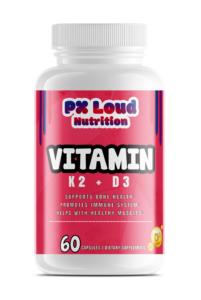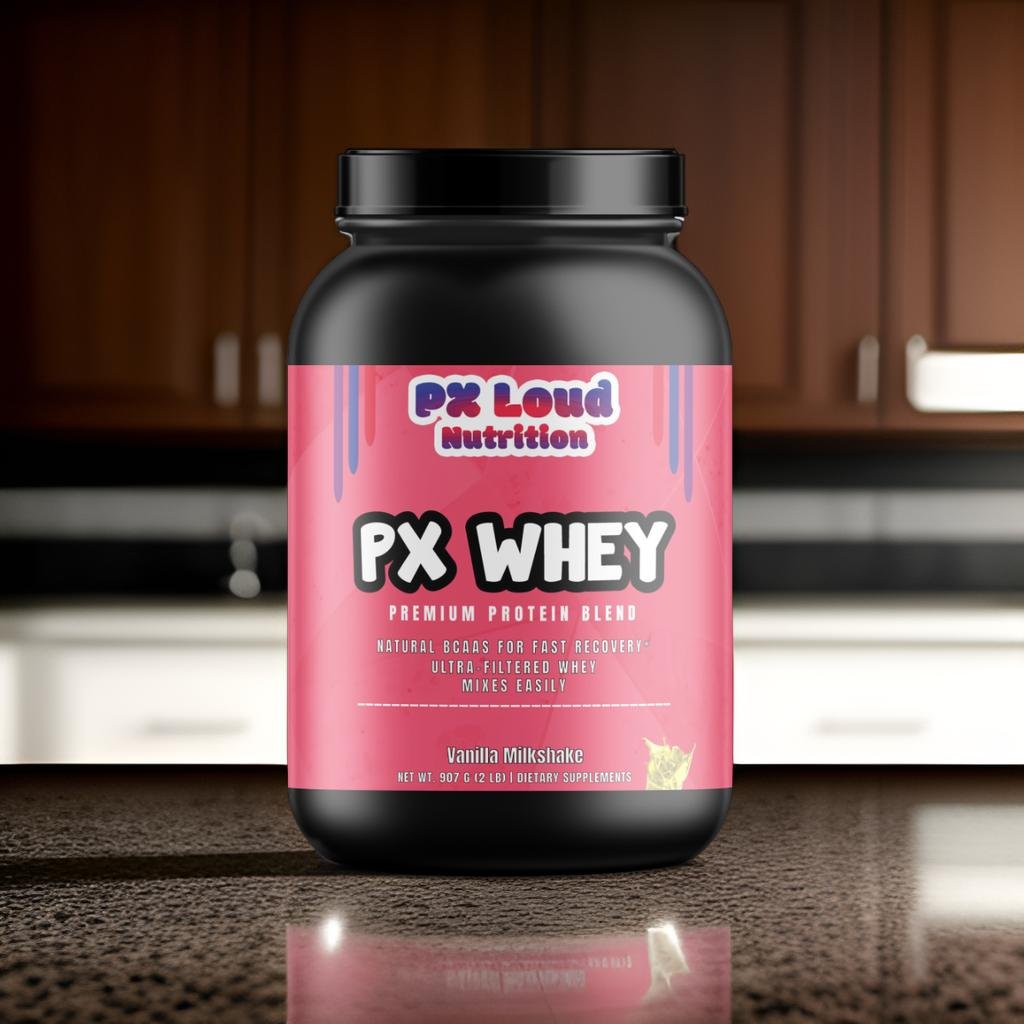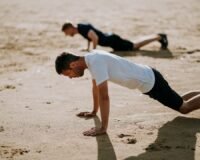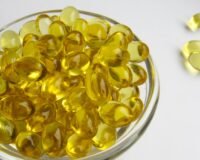Boost Your Health with Essential Summer Vitamins
As the sun shines brighter and the days grow longer, summer presents an opportune moment to focus on our health and well-being. The warm weather encourages outdoor activities, which can lead to increased exposure to sunlight and a greater need for specific nutrients that support our bodies during this vibrant season. Essential summer vitamins play a crucial role in maintaining energy levels, enhancing immune function, and promoting overall health.
Understanding these vitamins and their benefits can help individuals make informed dietary choices that align with their summer activities. During the summer months, our bodies may require different nutritional support due to increased physical activity, heat exposure, and changes in our eating habits. Fresh fruits and vegetables become more abundant, providing a natural source of essential vitamins.
By incorporating these nutrients into our diets, we can optimize our health and enjoy the season to its fullest. This article will delve into several key vitamins that are particularly beneficial during the summer, exploring their roles in our bodies and how we can easily include them in our daily routines.
Key Takeaways
- Vitamin D is essential for bone health and can be obtained from sunlight exposure.
- Vitamin C supports the immune system and can be found in fruits and vegetables.
- Vitamin A is important for skin and eye health and can be found in foods like carrots and sweet potatoes.
- Vitamin E acts as an antioxidant and can be found in nuts, seeds, and vegetable oils.
- B vitamins help boost energy and metabolism and can be found in foods like whole grains and leafy greens.

Vitamin D: The Sunshine Vitamin
Vitamin D is often referred to as the “sunshine vitamin” because our bodies synthesize it when exposed to sunlight. This vital nutrient plays a significant role in calcium absorption, which is essential for maintaining strong bones and teeth. During the summer months, when sunlight is plentiful, it becomes easier for individuals to meet their vitamin D needs through natural exposure.
However, factors such as geographic location, skin pigmentation, and sunscreen use can affect the amount of vitamin D synthesized by the body. In addition to its role in bone health, vitamin D is also crucial for immune function. Research has shown that adequate levels of vitamin D can help reduce the risk of respiratory infections and other illnesses, making it particularly important during the summer when people are more active and socializing outdoors.
Foods rich in vitamin D, such as fatty fish (like salmon and mackerel), fortified dairy products, and egg yolks, can also contribute to maintaining optimal levels. For those who may struggle to get enough sun exposure or dietary sources of vitamin D, supplements can be an effective alternative.
Vitamin C: Immune System Support

Vitamin C is renowned for its immune-boosting properties, making it an essential nutrient during the summer months when outdoor activities increase the likelihood of exposure to pathogens. This water-soluble vitamin is a powerful antioxidant that helps protect cells from damage caused by free radicals. It also plays a critical role in collagen synthesis, which is vital for skin health—a particularly important consideration during the summer when skin is exposed to sun and environmental stressors.
Fruits and vegetables are excellent sources of vitamin C, with citrus fruits like oranges, grapefruits, and lemons being among the most well-known. However, other fruits such as strawberries, kiwi, and papaya, as well as vegetables like bell peppers, broccoli, and spinach, are also rich in this essential nutrient. Incorporating a variety of these foods into your diet not only supports immune function but also promotes healthy skin and aids in wound healing.
Given the increased outdoor activities during summer, ensuring adequate vitamin C intake can help maintain overall health and vitality.
Vitamin A: Skin and Eye Health
| Age Group | Recommended Daily Amount | Benefits |
|---|---|---|
| Infants 0-6 months | 400 mcg | Promotes healthy skin and good vision |
| Children 1-3 years | 300 mcg | Supports immune function and eye health |
| Adults 19 years and older | 700-900 mcg | Helps maintain healthy skin and supports vision |
Vitamin A is another crucial nutrient that deserves attention during the summer months. This fat-soluble vitamin is essential for maintaining healthy vision, skin integrity, and immune function. It plays a vital role in the maintenance of epithelial tissues, which include the skin and mucous membranes.
With increased sun exposure during summer activities, ensuring adequate vitamin A intake can help protect the skin from damage and support its repair processes. Sources of vitamin A include both animal and plant-based foods. Animal sources such as liver, fish oils, and dairy products provide retinol, the active form of vitamin On the other hand, plant-based sources like carrots, sweet potatoes, spinach, and kale contain provitamin A carotenoids, which the body can convert into retinol.
Including a variety of these foods in your diet not only supports skin health but also contributes to overall well-being. Additionally, vitamin A is crucial for eye health; it helps maintain proper vision by supporting the function of retinal cells and preventing night blindness.
Vitamin E: Antioxidant Power
Vitamin E is a potent antioxidant that plays a significant role in protecting cells from oxidative stress caused by free radicals. This fat-soluble vitamin is particularly important during the summer months when increased sun exposure can lead to higher levels of oxidative damage in the body. By neutralizing free radicals, vitamin E helps maintain cellular integrity and supports overall health.
Nuts and seeds are among the richest sources of vitamin E; almonds, sunflower seeds, and hazelnuts are particularly high in this nutrient. Additionally, vegetable oils such as sunflower oil and olive oil are excellent sources of vitamin E. Incorporating these foods into your diet not only provides antioxidant protection but also contributes to healthy skin by reducing inflammation and promoting healing.
Furthermore, vitamin E has been linked to improved immune function and cardiovascular health, making it an essential nutrient for those looking to stay active during the summer months.
B Vitamins: Energy and Metabolism Boosters

Food Sources of B Vitamins
Whole grains, legumes, nuts, seeds, eggs, and dairy products are excellent sources of B vitamins. For instance, whole grains like brown rice and quinoa provide B1 and B3, while leafy greens are rich in folate (B9). Incorporating a variety of these foods into your diet can help maintain energy levels throughout the day and support metabolic processes that are crucial for active lifestyles.
The Importance of B Vitamins for Brain Health
Additionally, B vitamins are known to play a role in brain health; they contribute to cognitive function and mood regulation—factors that can enhance overall enjoyment of summer activities.
Boosting Energy Levels with B Vitamins
During the summer months when physical activity levels often increase, ensuring adequate intake of B vitamins becomes even more important.
Vitamin K: Bone Health and Blood Clotting
Vitamin K is often overlooked but is essential for maintaining bone health and proper blood clotting. This fat-soluble vitamin exists in two primary forms: K1 (phylloquinone), found mainly in green leafy vegetables, and K2 (menaquinone), which is found in fermented foods and animal products. During the summer months when fresh produce is abundant, it becomes easier to incorporate vitamin K-rich foods into your diet.
Research has shown that adequate vitamin K intake is associated with improved bone mineral density and a reduced risk of fractures. Green leafy vegetables such as kale, spinach, collard greens, and broccoli are excellent sources of vitamin K1. Fermented foods like natto (a traditional Japanese dish made from fermented soybeans) provide a rich source of vitamin K2.
Including these foods in your diet not only supports bone health but also plays a critical role in blood coagulation processes—ensuring that wounds heal properly after injuries sustained during outdoor activities.
Incorporating Essential Summer Vitamins into Your Diet
As we embrace the joys of summer—whether it’s lounging by the pool or hiking through nature—it’s essential to pay attention to our nutritional needs. The vitamins discussed above play vital roles in supporting our health during this vibrant season. By focusing on a diet rich in fruits, vegetables, whole grains, nuts, seeds, and lean proteins, we can ensure that we meet our body’s requirements for these essential nutrients.
Planning meals around seasonal produce not only enhances flavor but also maximizes nutritional benefits. For example, creating colorful salads with fresh greens rich in vitamins A and K or enjoying smoothies packed with berries high in vitamin C can be both delicious and nutritious choices. As we prioritize our health this summer, understanding the importance of these essential vitamins will empower us to make informed dietary decisions that support our active lifestyles while enjoying all that this beautiful season has to offer.













